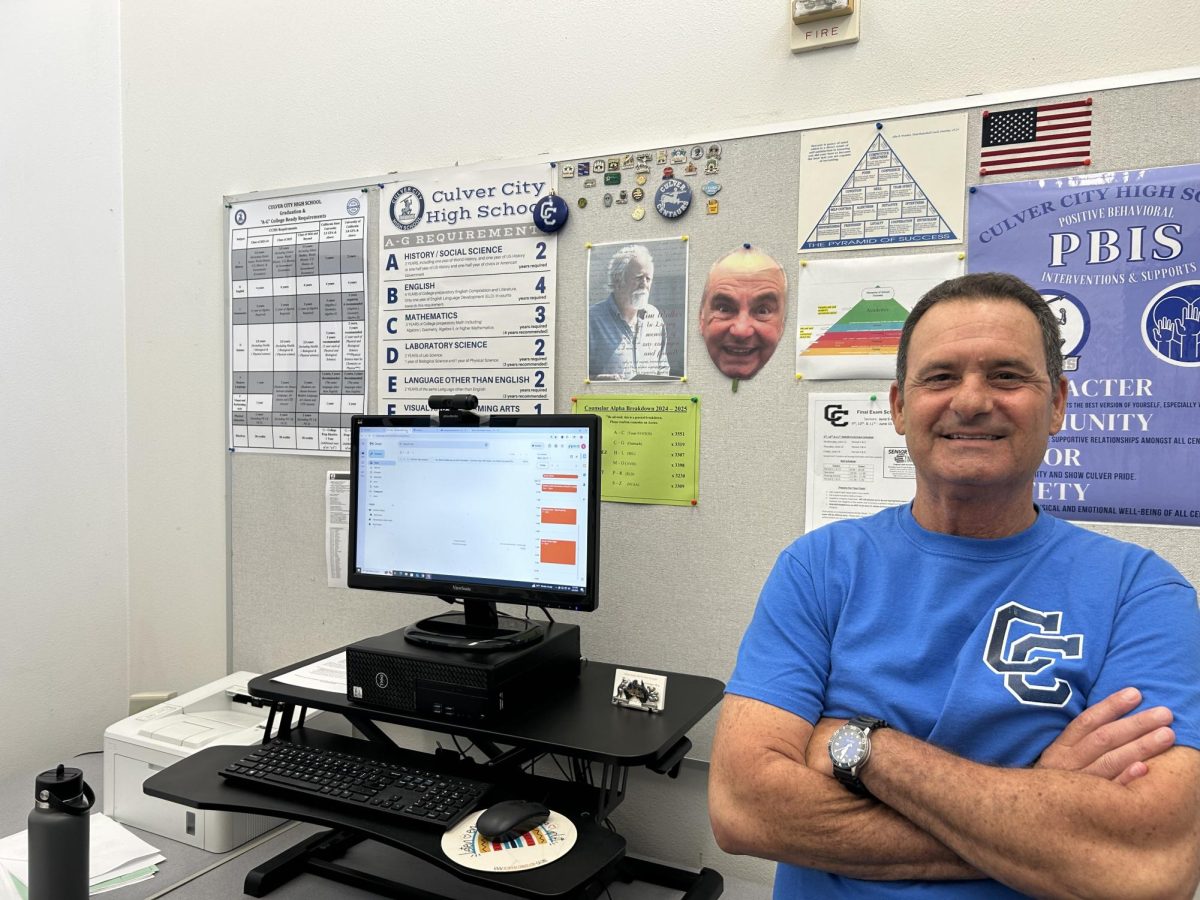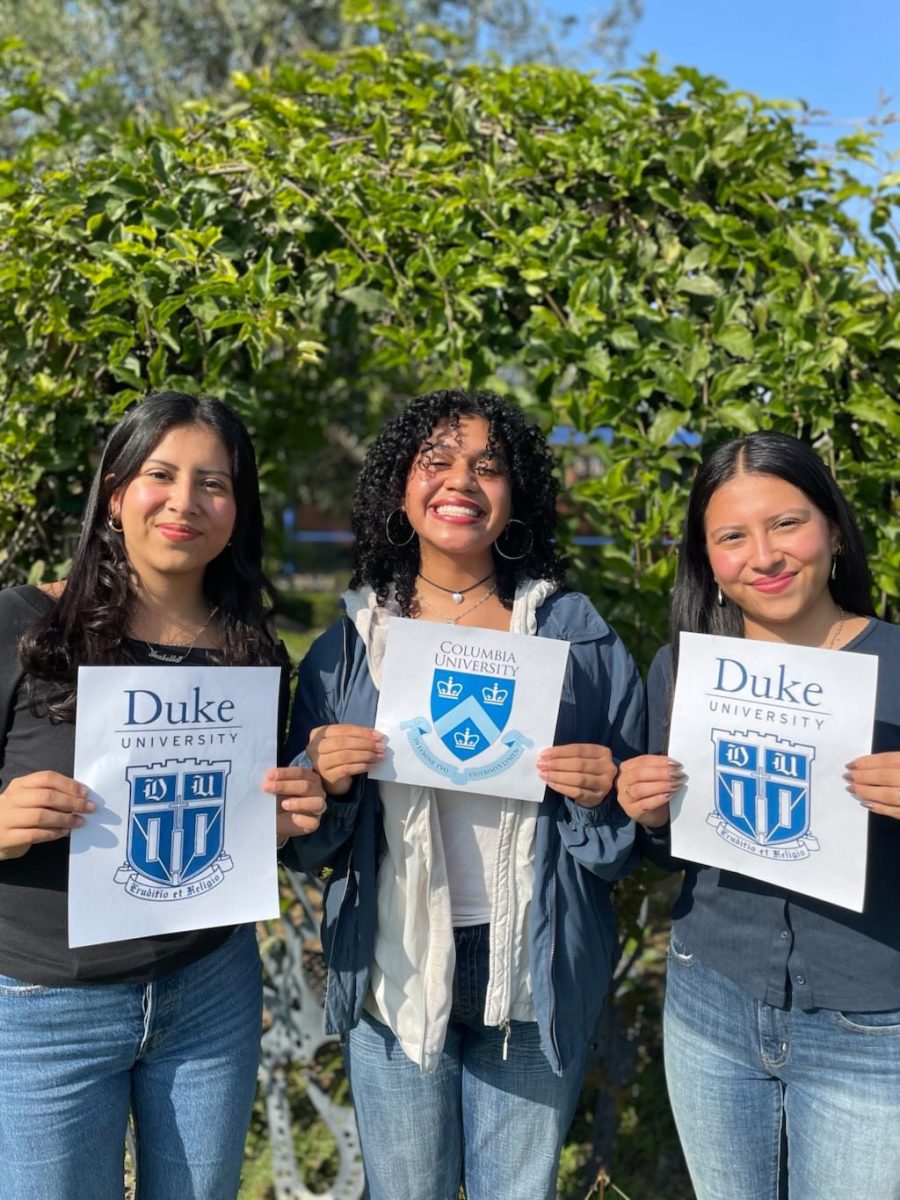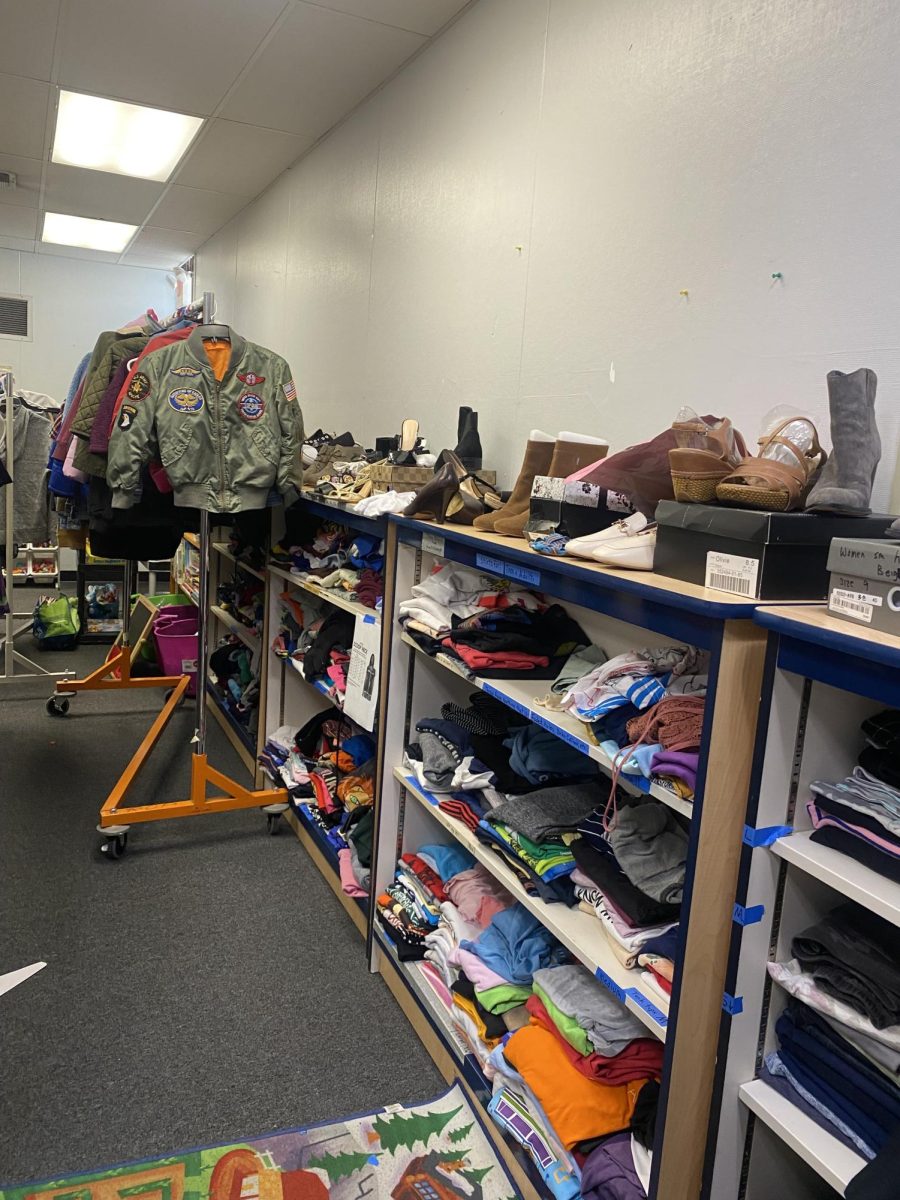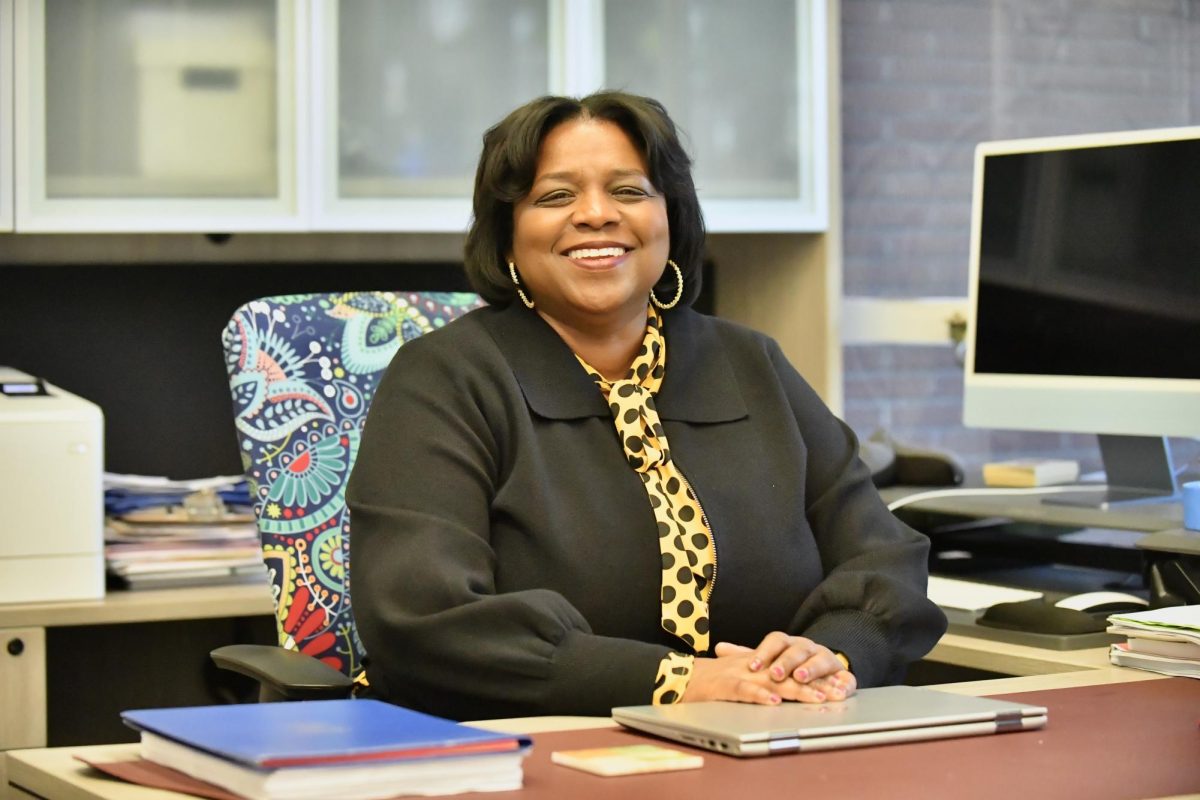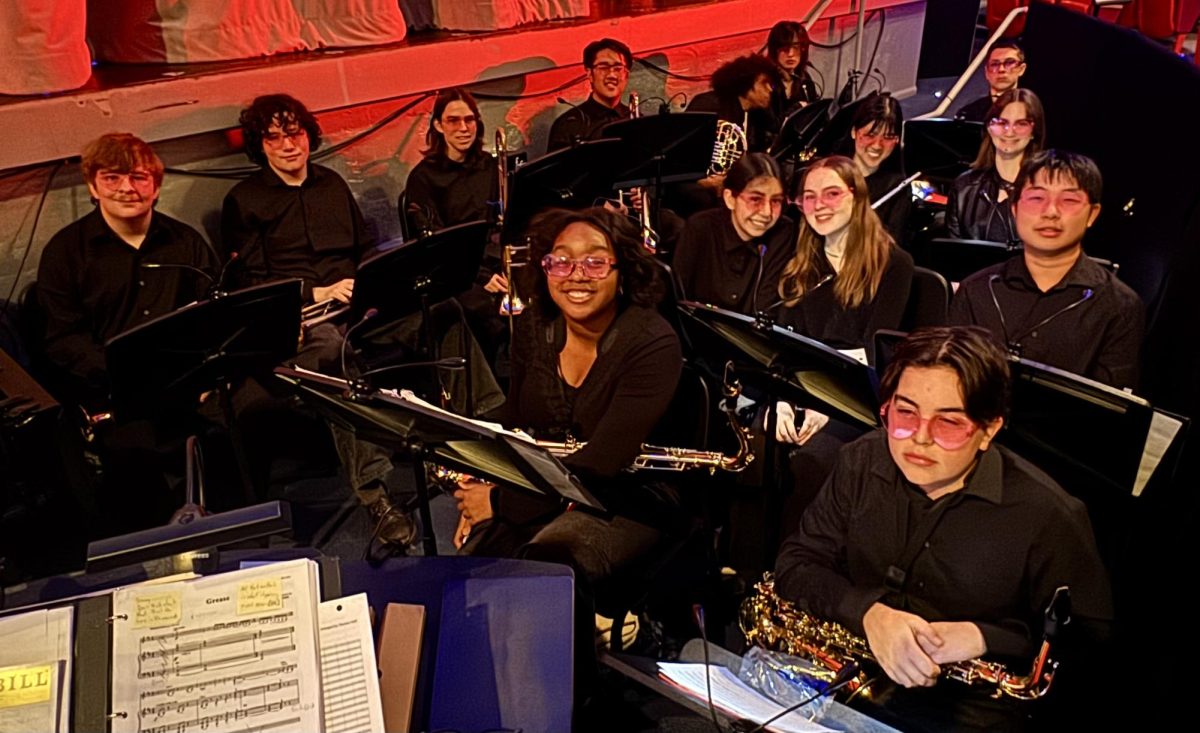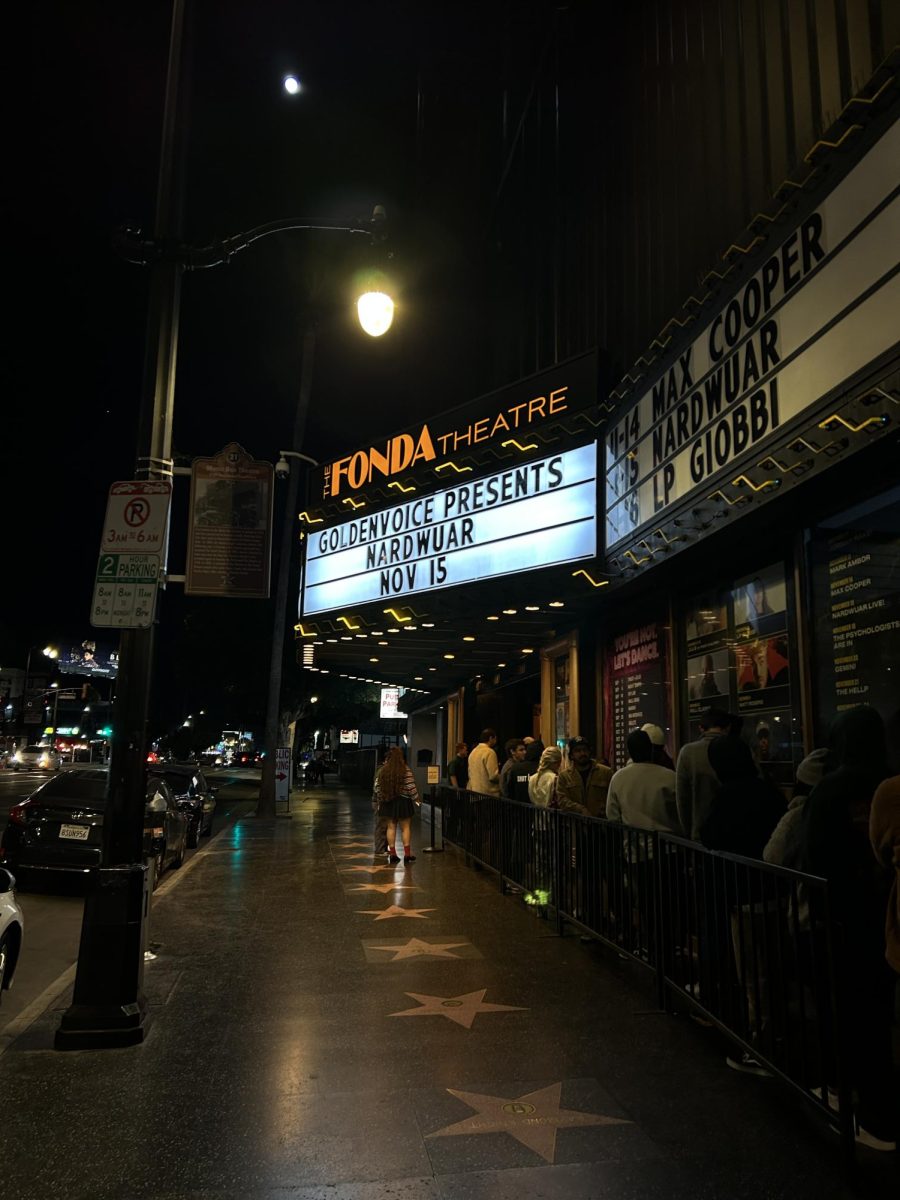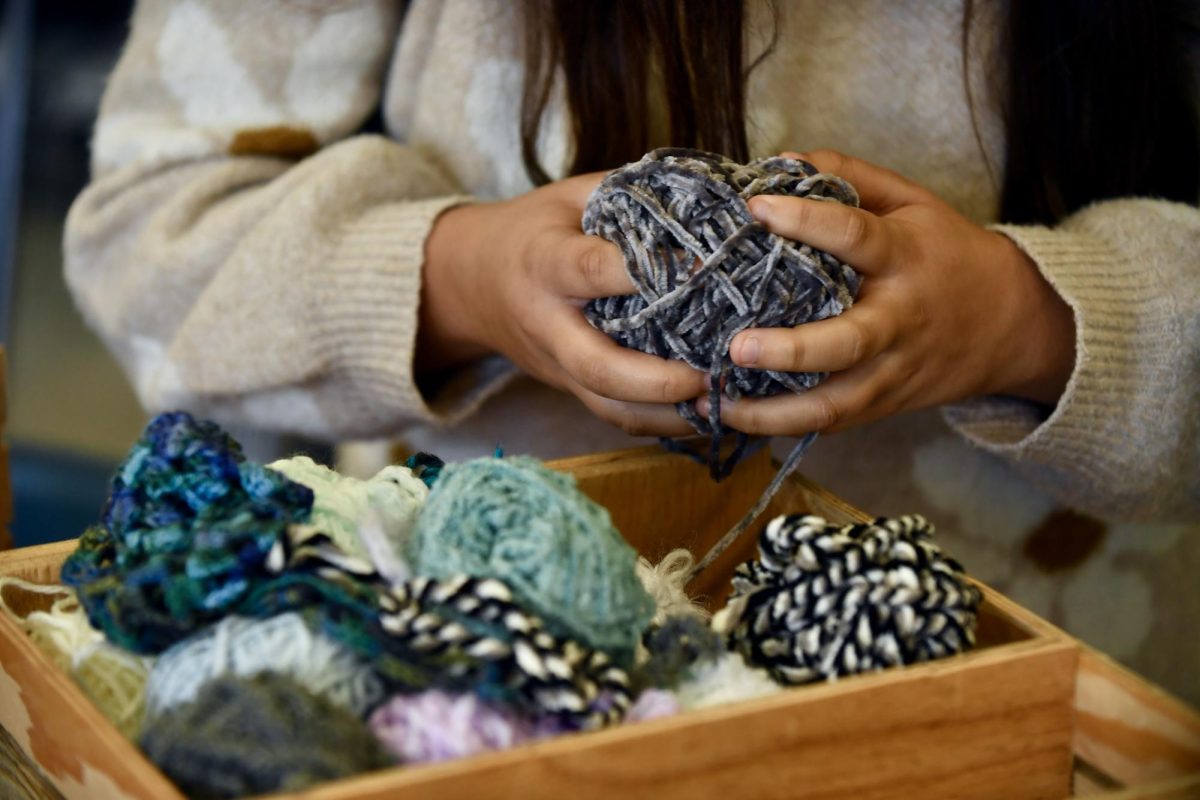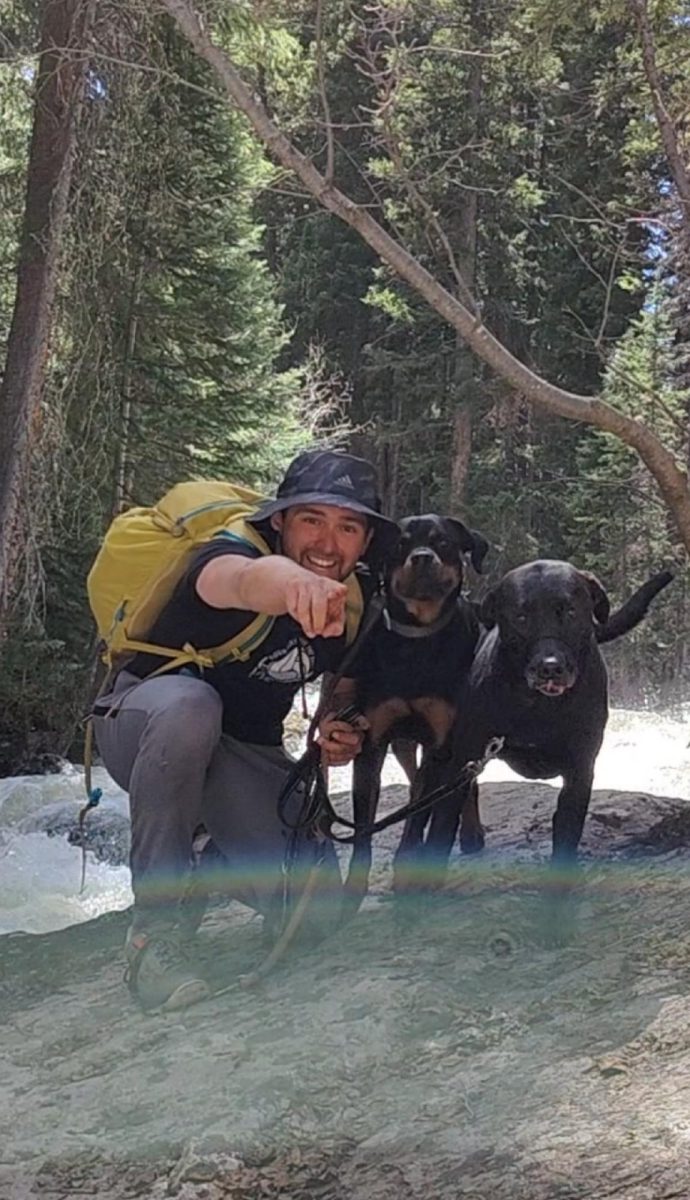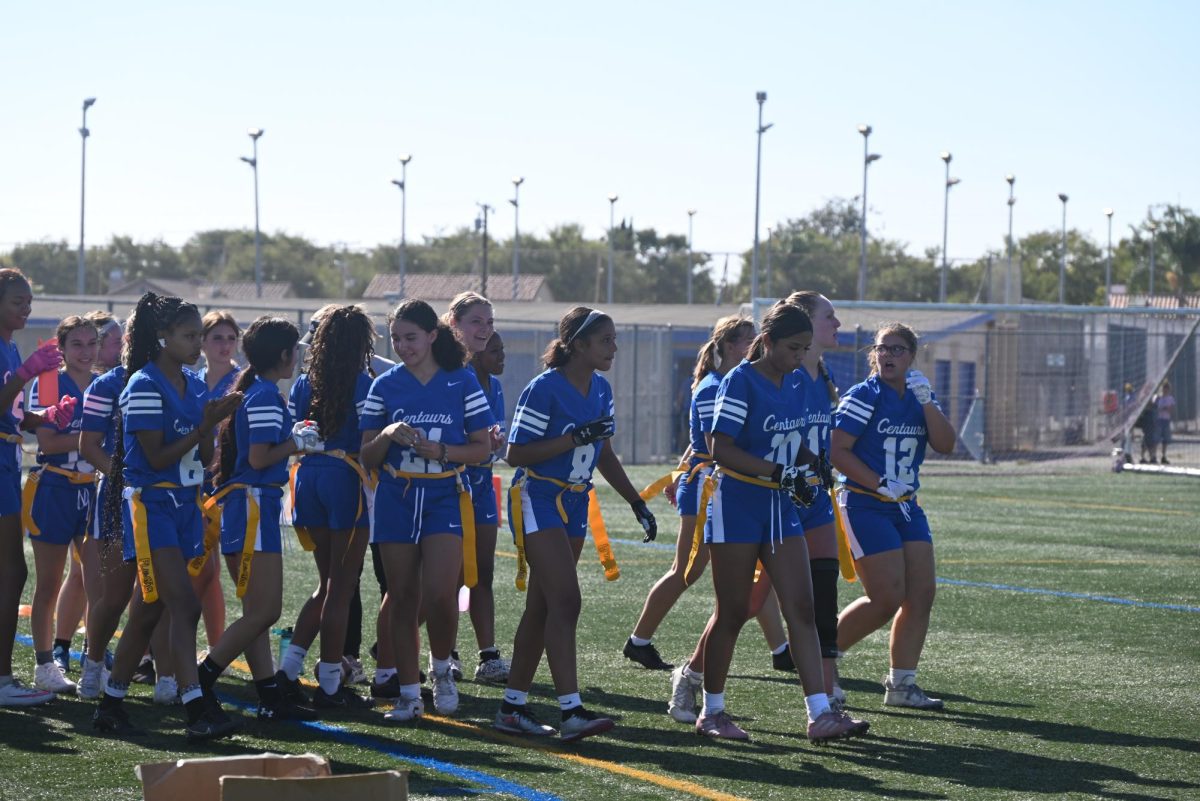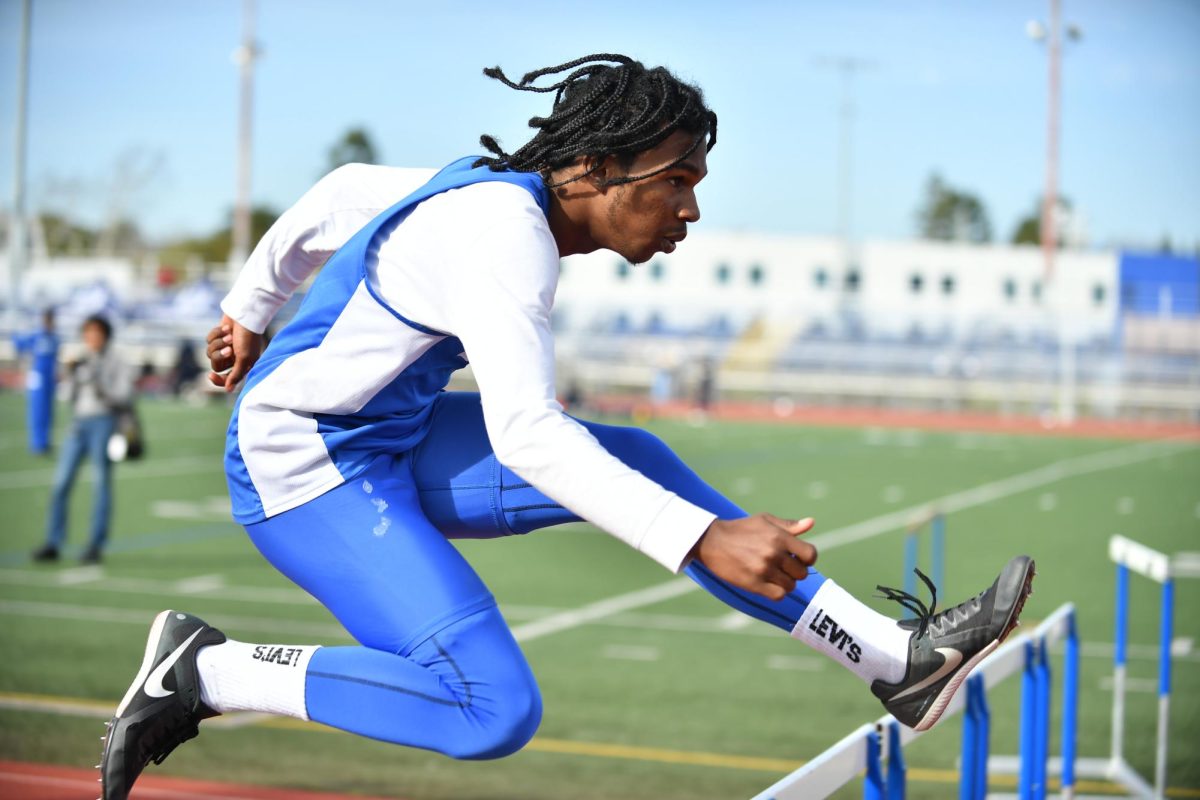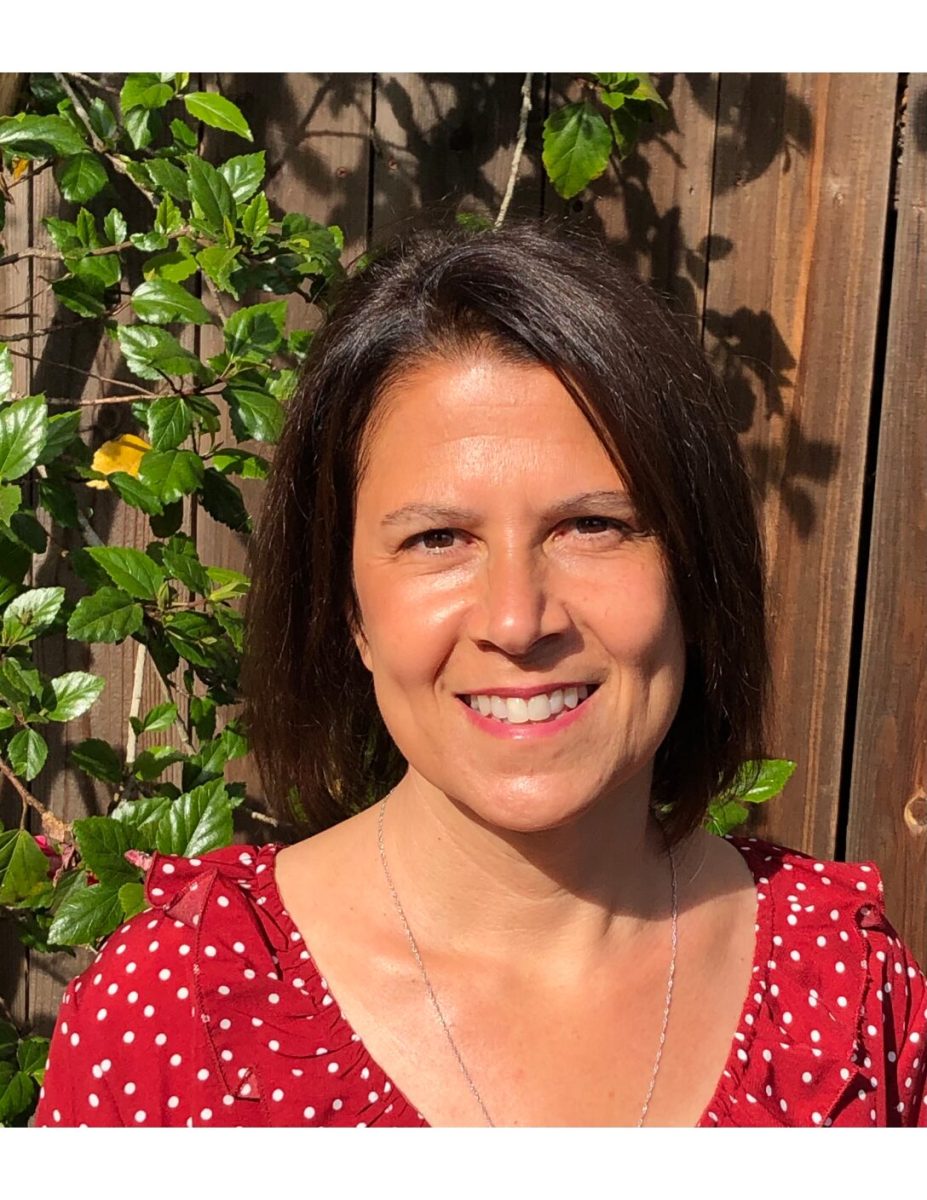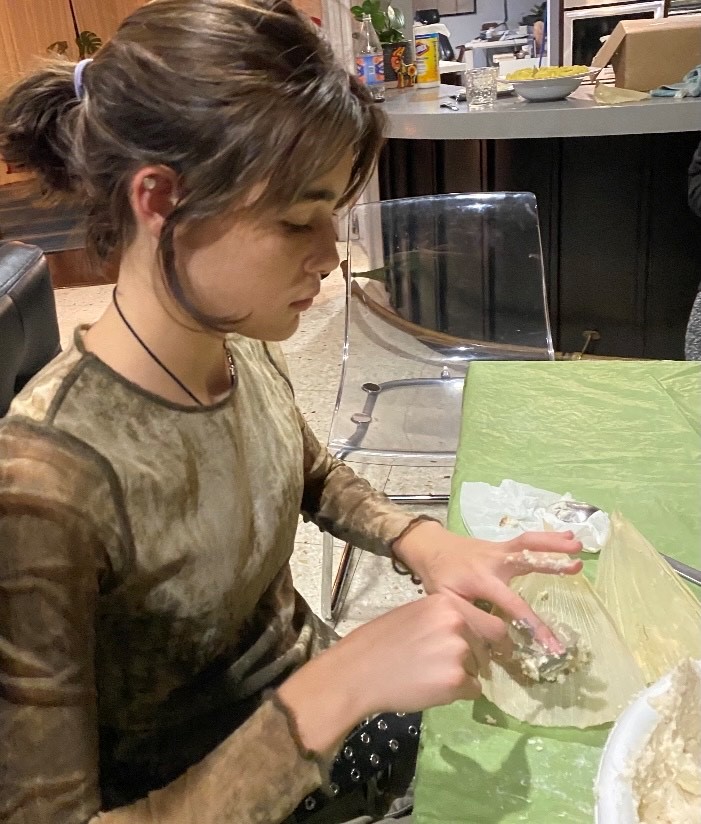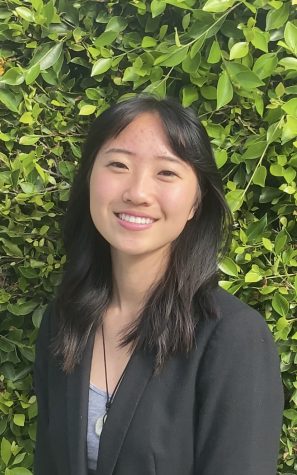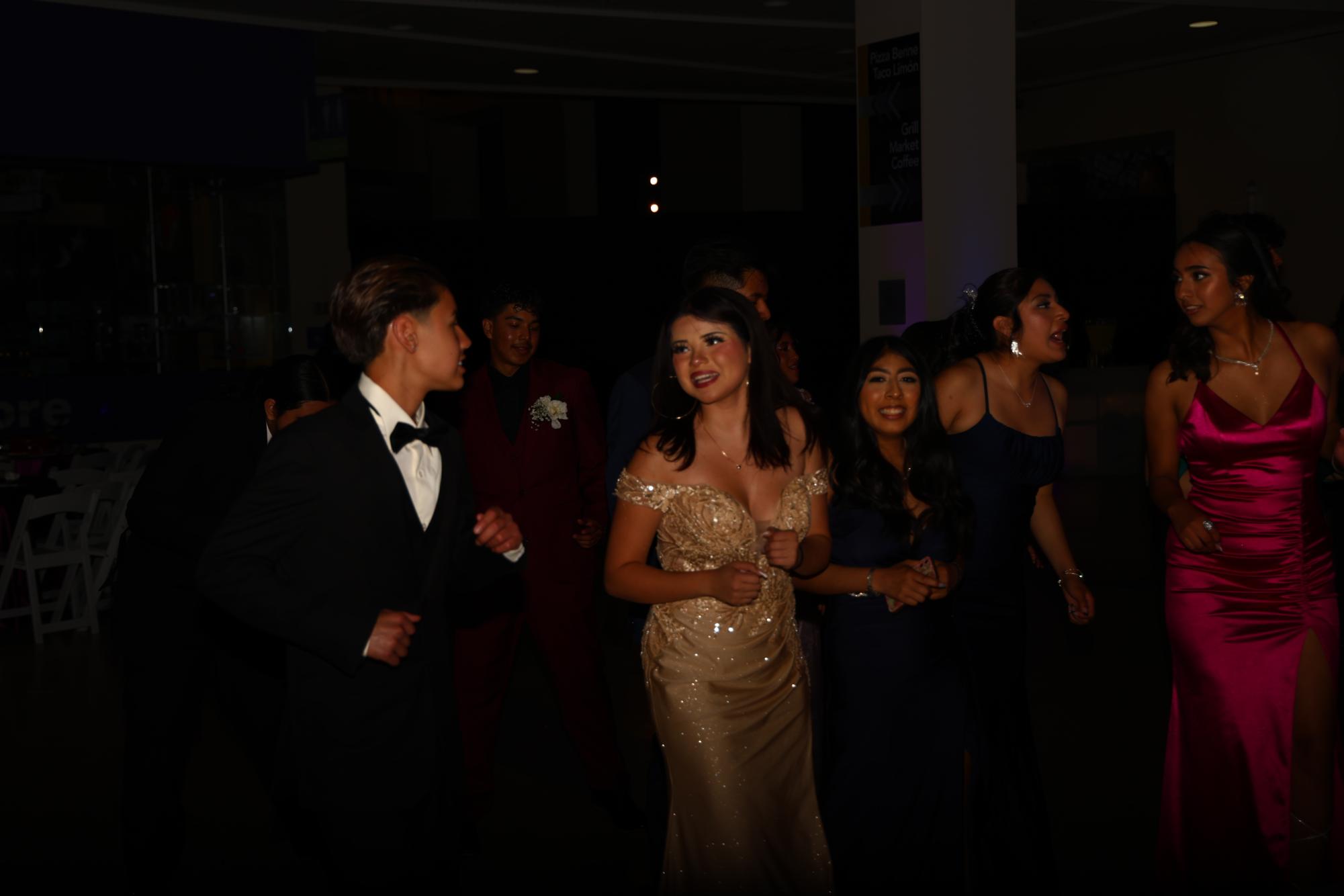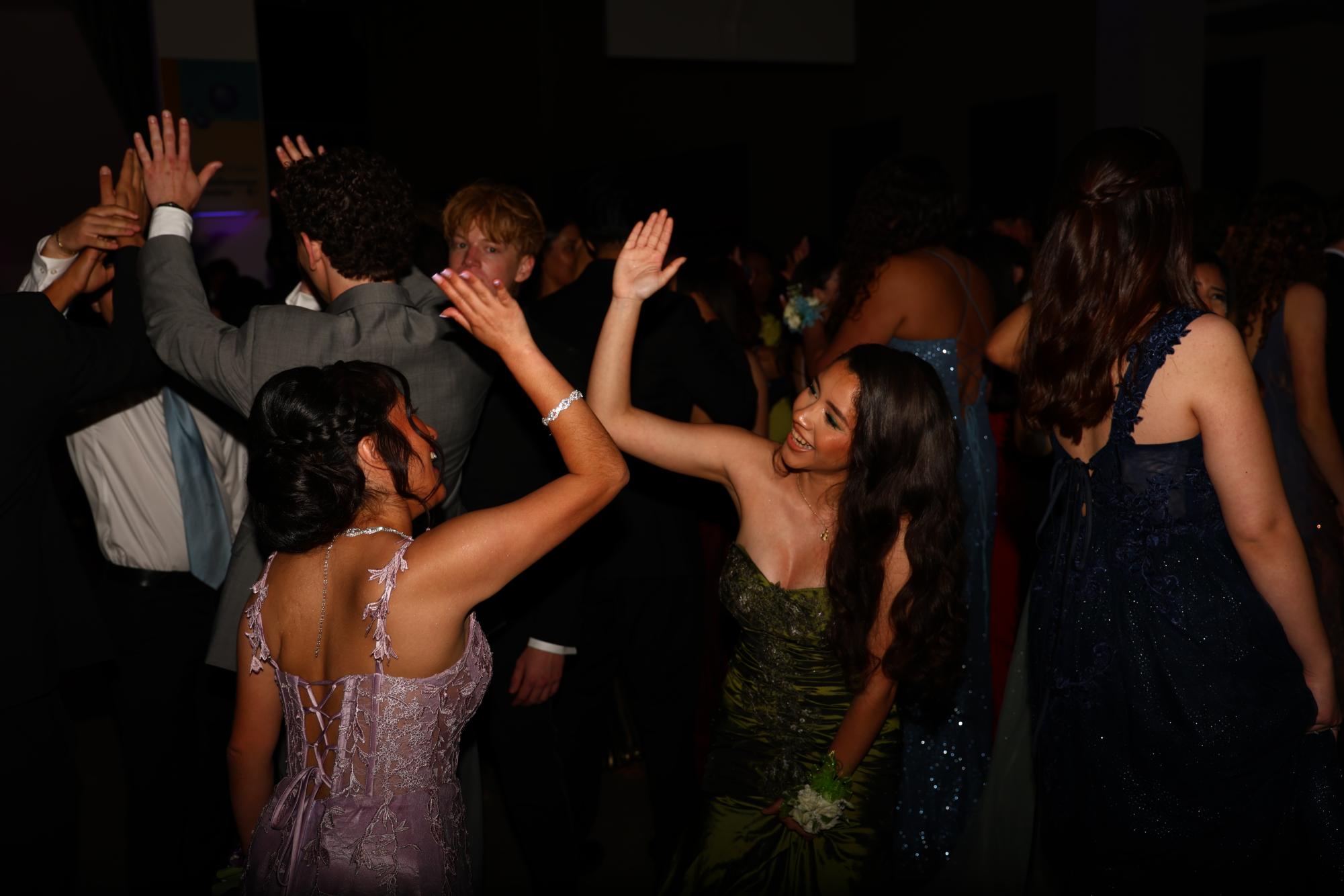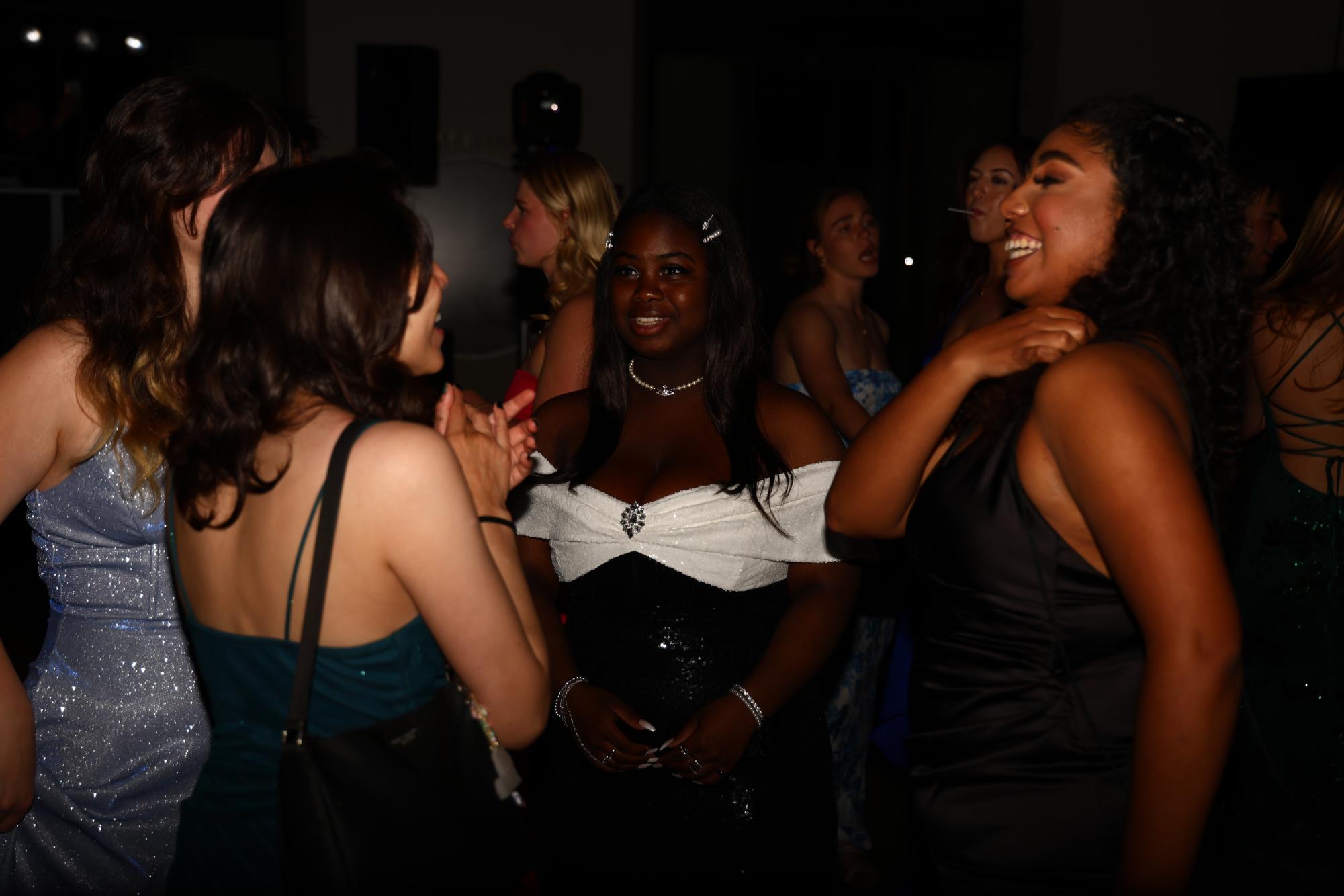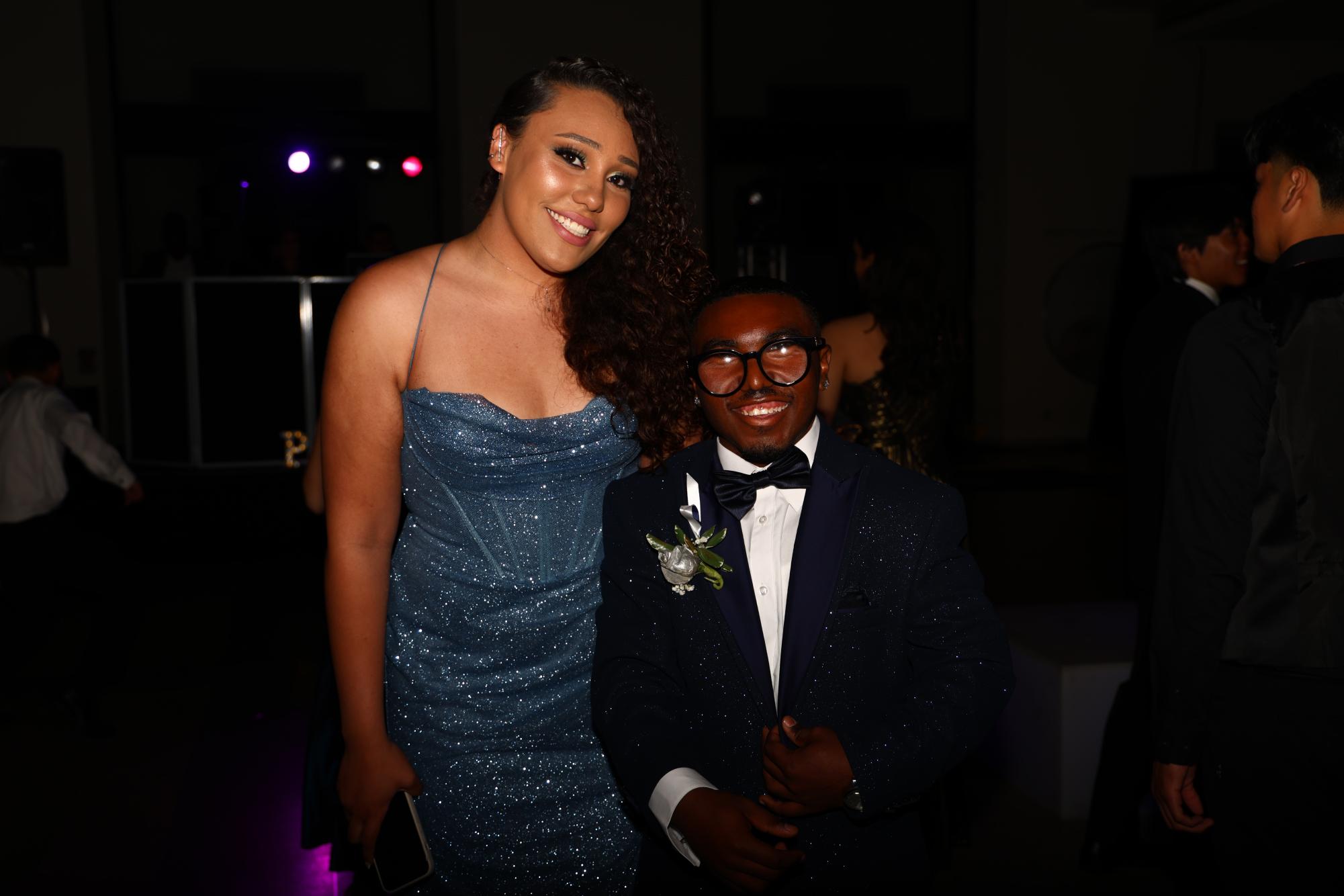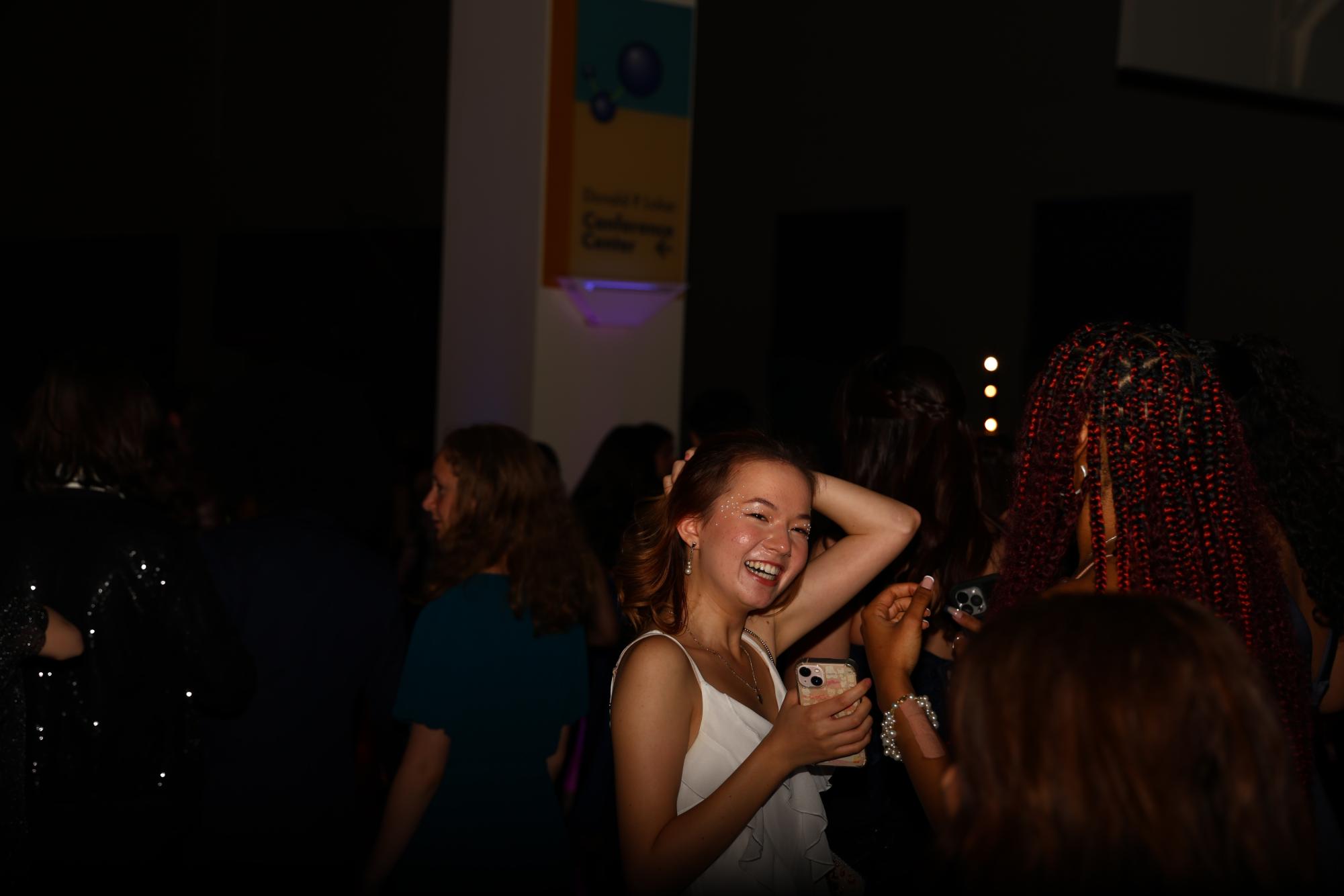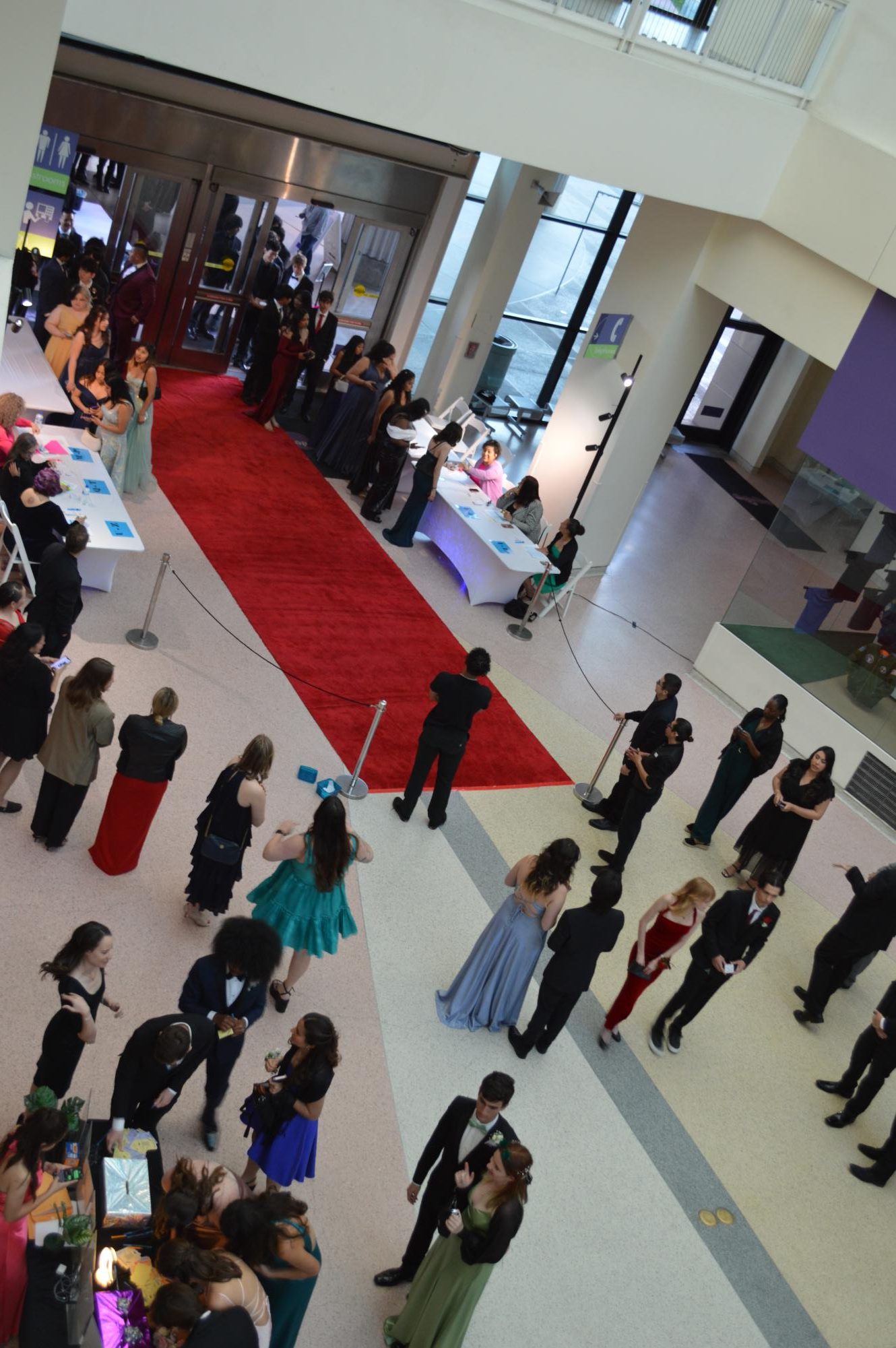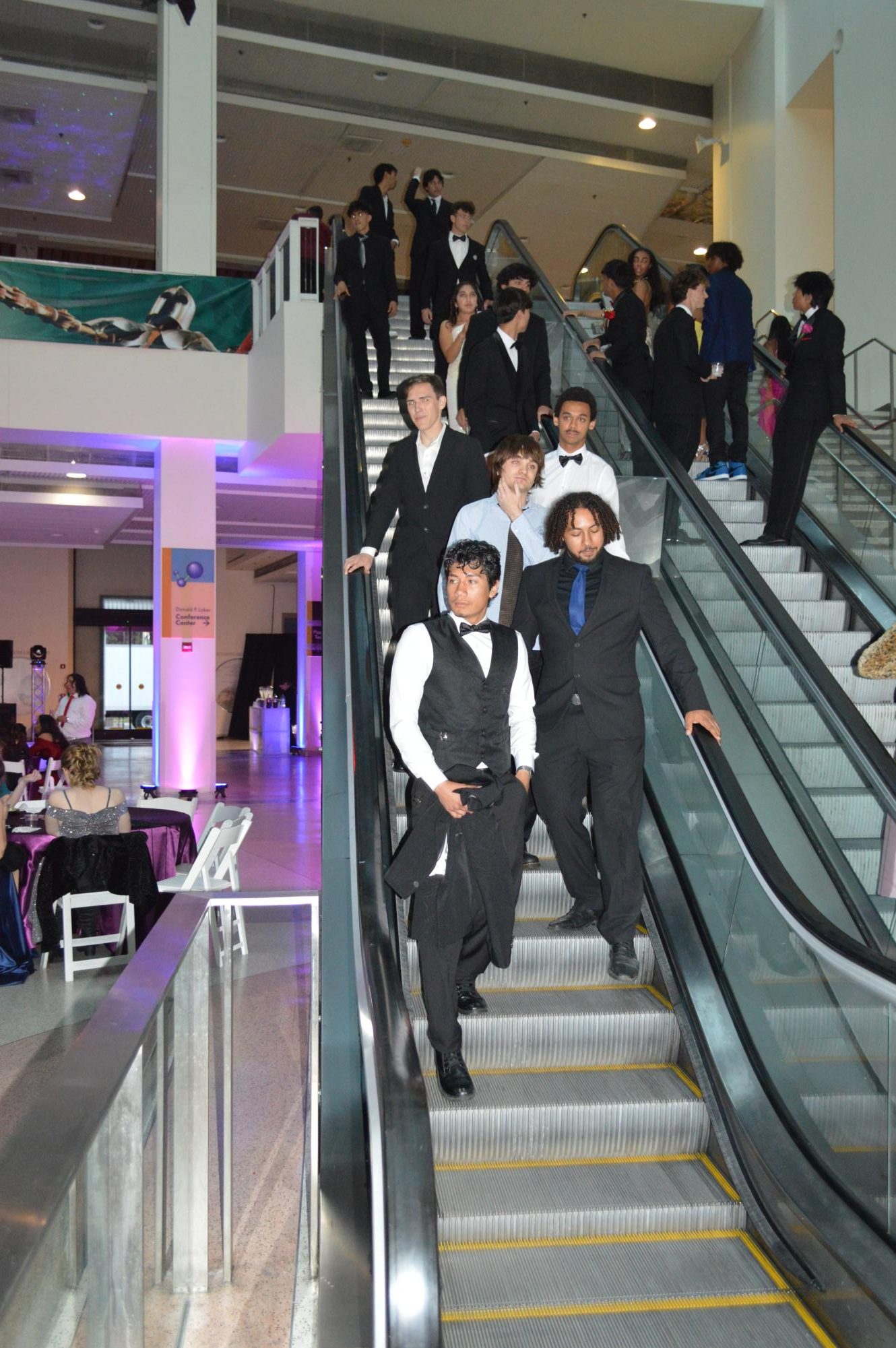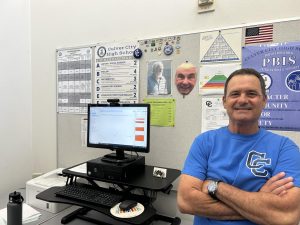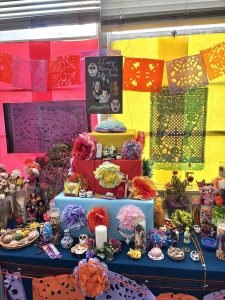Foreign Times and Foreign Languages
April 21, 2021
Where there is struggle, there is adaptation. Culver City High School is only one of the many schools hit by the impacts of COVID-19, but has risen to the challenge of bringing students and family together despite being in such a socially distanced time. Students at CCHS have faced a plethora of new hardships with the transition to a digital life, especially with a required course like modern language where the content is made up of a brand new language and culture for most students.
This combination of unexplored cultural and educational terrain has brought about much possibility. One student in particular, Sofia Layne, shared a special story of how this turbulence was actually necessary for her to grow closer with some of her family members. Layne occupies a unique position in which her Spanish education doesn’t just provide the occasional bit of vocabulary when going to the grocery store, but a heartfelt, immediate connection to her culture.
She explained, however, that although these results are rewarding, i t had definitely not always been this smooth. It seemed that only in-person learning could host the long-missed “alive and welcoming air” of education.
t had definitely not always been this smooth. It seemed that only in-person learning could host the long-missed “alive and welcoming air” of education.
“I think a big part of learning another language is speaking with other kids,” she said. “I only learn from hearing other people and [associating] context around certain words.”
Yet as this pandemic continued, teachers from all around CCHS started to rise up to the challenge of transforming curriculum and methods of teaching. Melanie DeArmond, a Spanish language teacher at CCHS, explains how she and other teachers had implemented cohorts where students could work in small groups together on class assignments designed to spark conversation and creativity.
As for curriculum, “we made sure everything we did was essential,” DeArmond said. “Essential is the best word for it. There is zero fluff.”
The teachers additionally had to create a multitude of presentations that would actually grab students’ attention and provide them an interactive platform.
“One hundred percent of the Peardeck slideshows were brand new this year,” DeArmond said, referencing the usage of a new slideshow platform that became popular in this digital era. “It’s not like it was copy-paste [from older PowerPoints] and done.”
These efforts all contribute to a classroom truly brought to life, even if it’s through pixels. Sofia also explains how her language class has helped eliminate the language barrier between her and her grandmother, whose first language is Spanish, and even uphold tamale-making tradition.
“When I was a little girl, she often wanted to share recipes with me and make clothes, but it was always hard since I had a hard time understanding her,” she said. “However, I can now have thorough conversations with my abuela and am able to help when we have our yearly tamale-making near Christmas time, ultimately creating an indestructible bond with each other.”
She then explains how she hasn’t been able to visit her grandmother because of COVID-19 restrictions but is still able to call every Sunday so that her grandmother can share some favorite family recipes, such as posole.
“Although these all seem like little things, they made a big impact in my life, especially because I can’t see her right now. I’m so grateful for how easy my teachers made it for me to learn Spanish,” Sofia said.
The transition to distance learning may have initially seemed an infeasible challenge, but the influence of culture and language proved just as indestructible. With this, we can be reminded of the importance of redefining obstacles as opportunities and to always seek the “alive and welcoming air” of learning.
